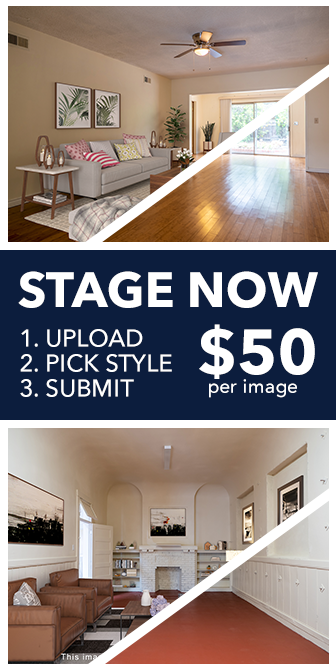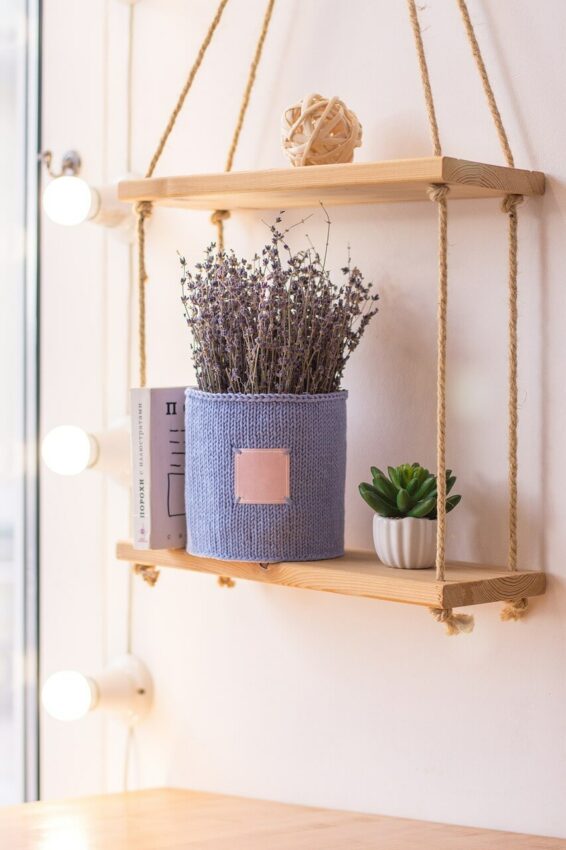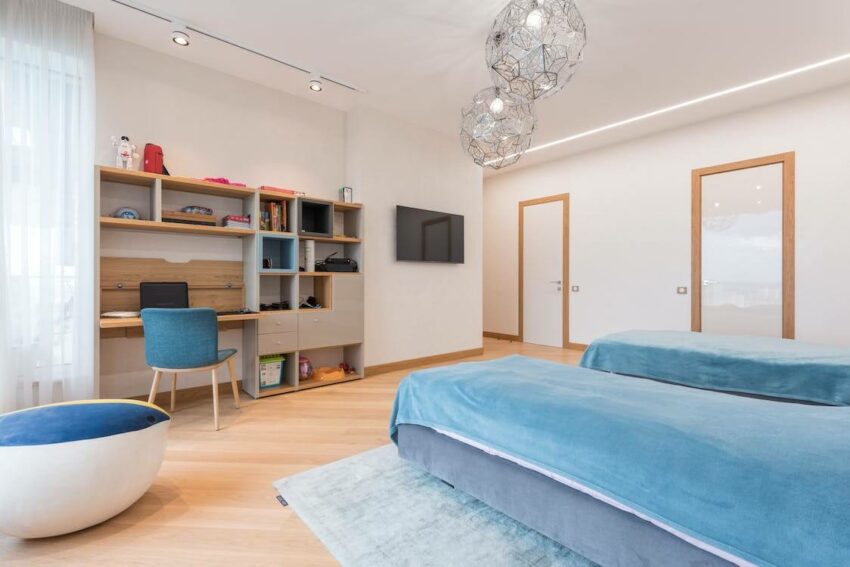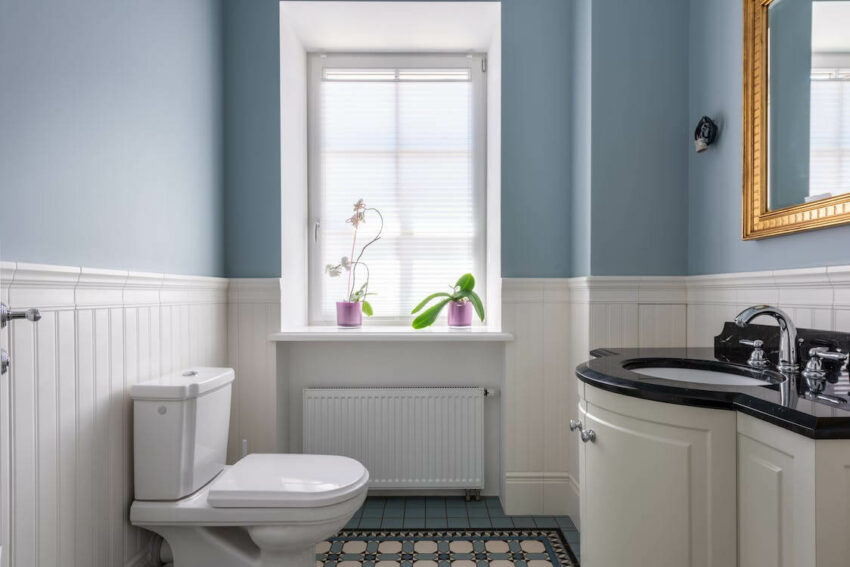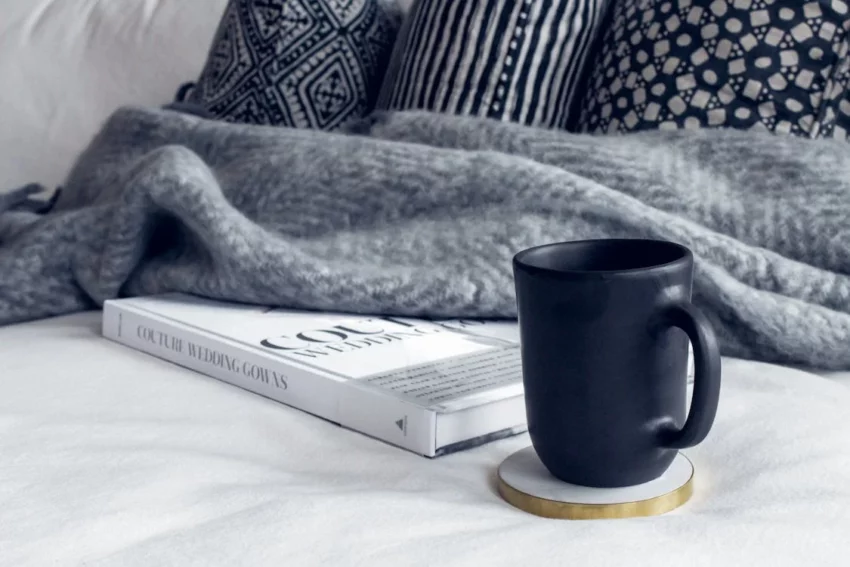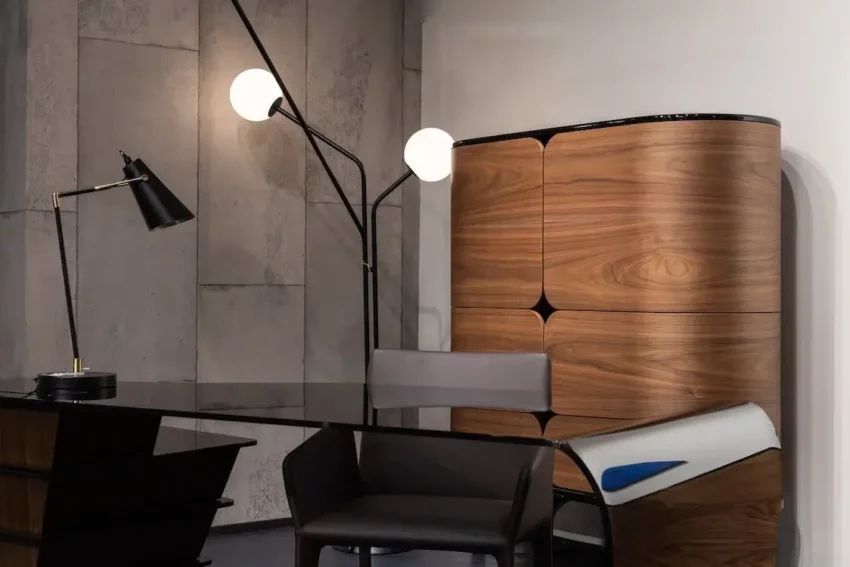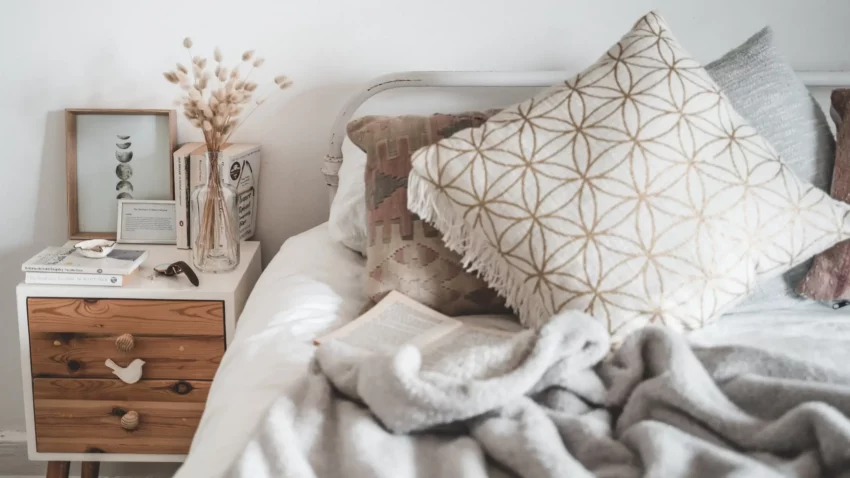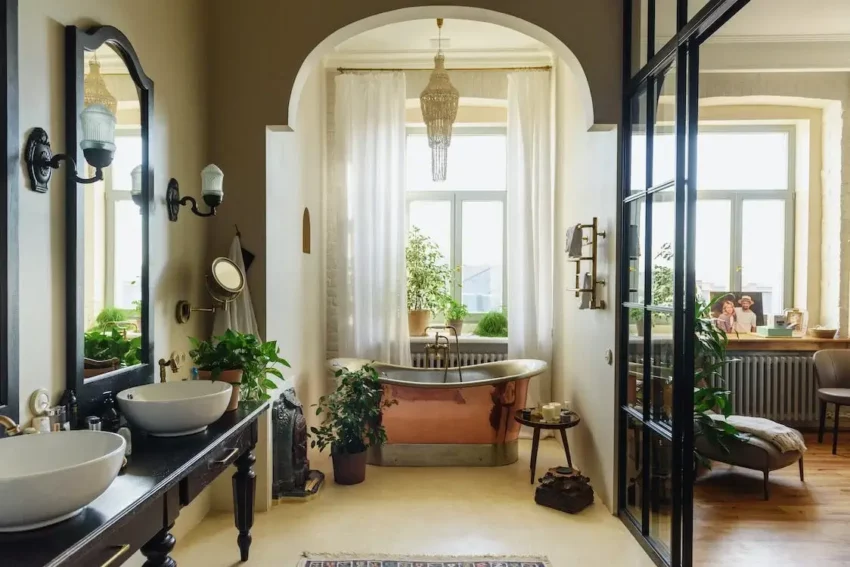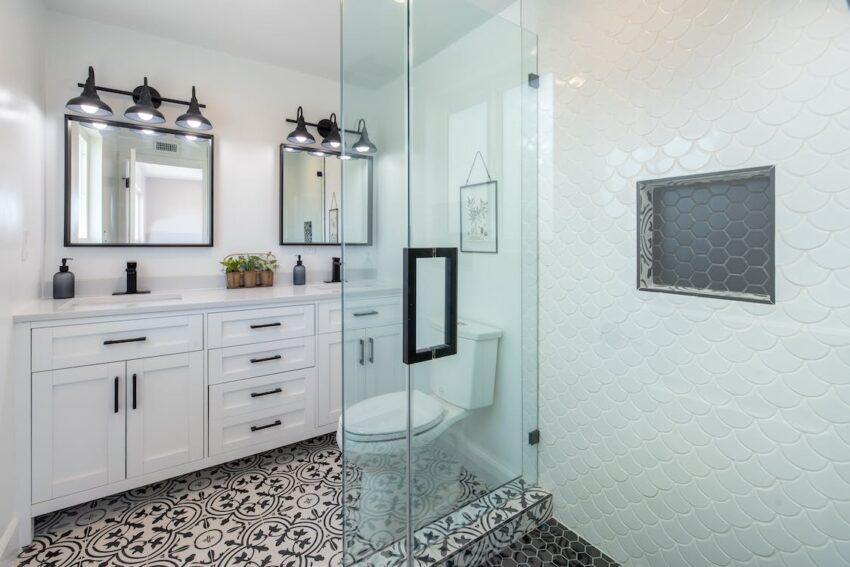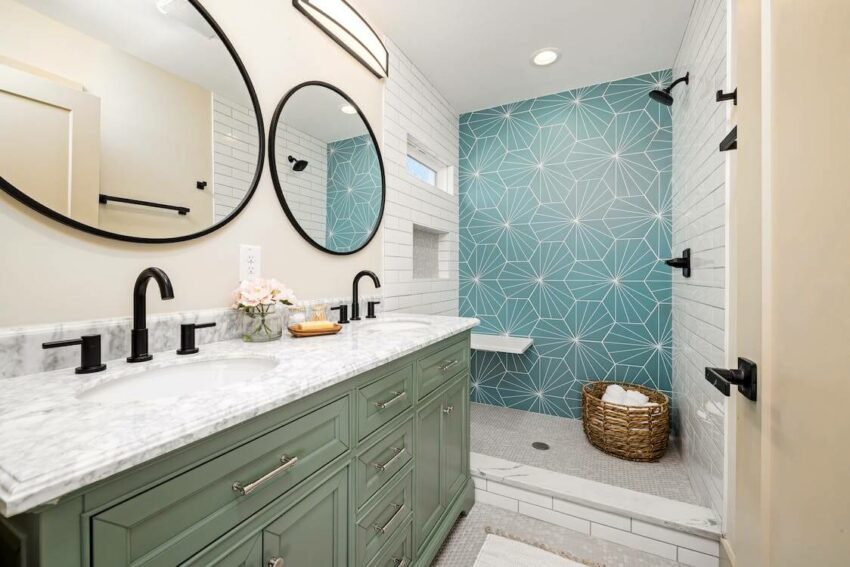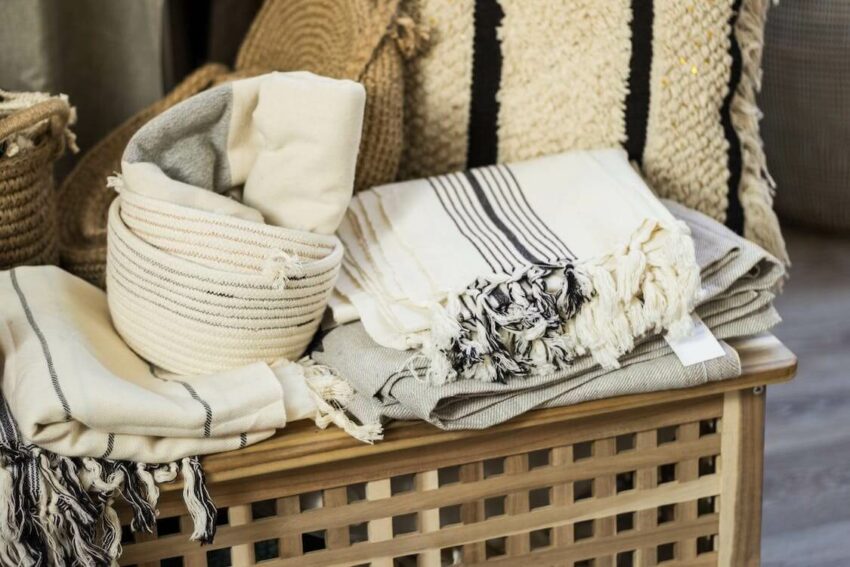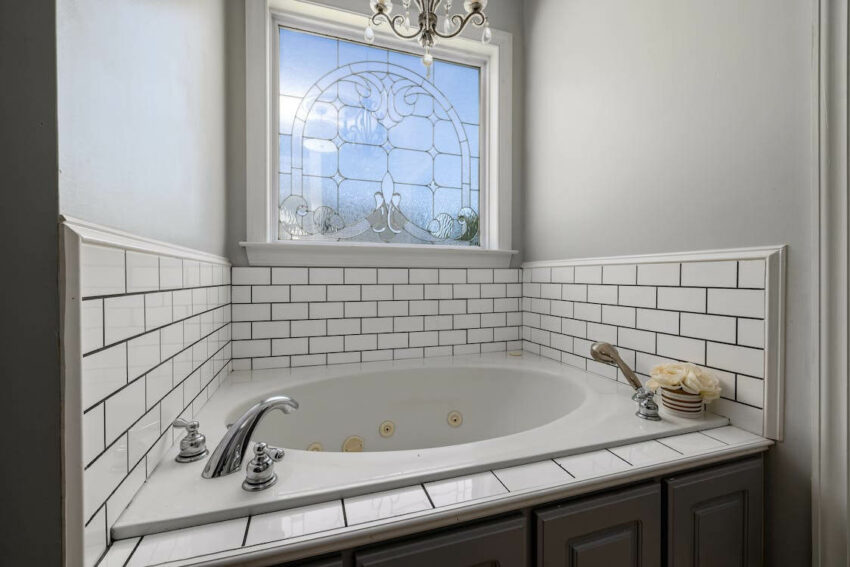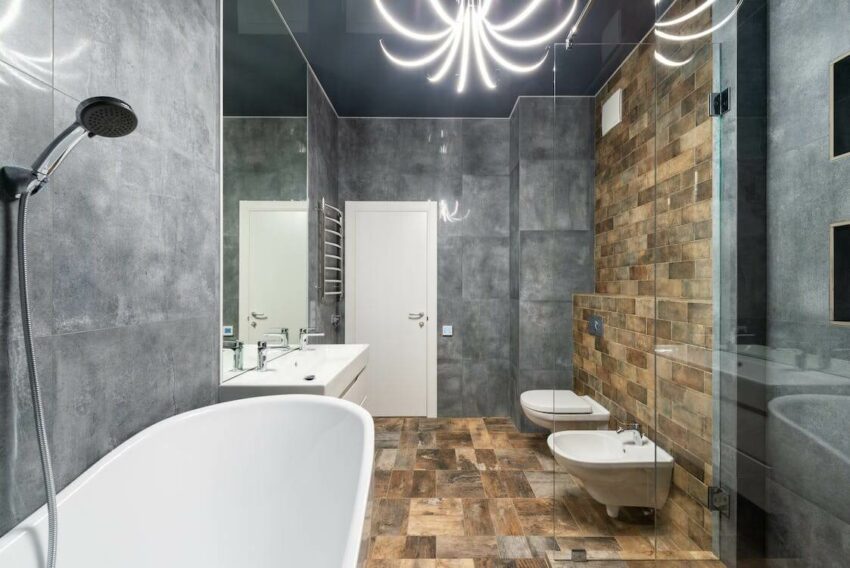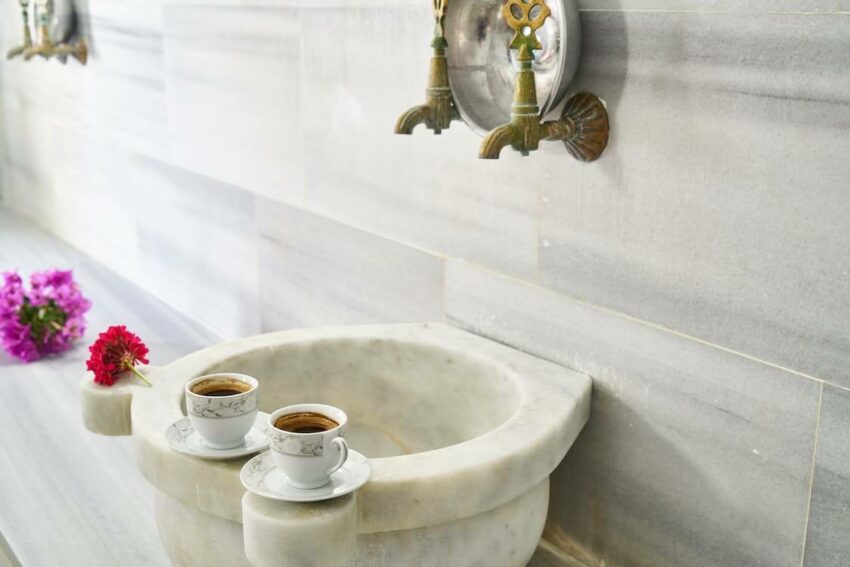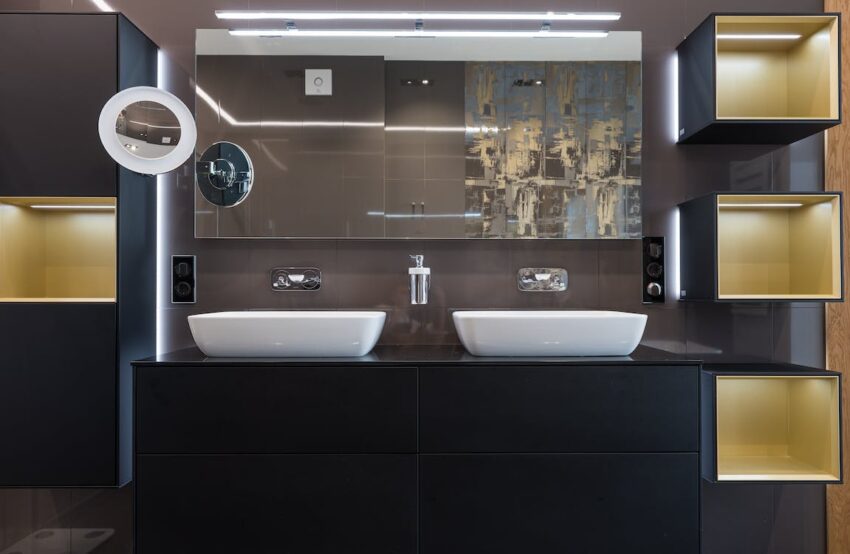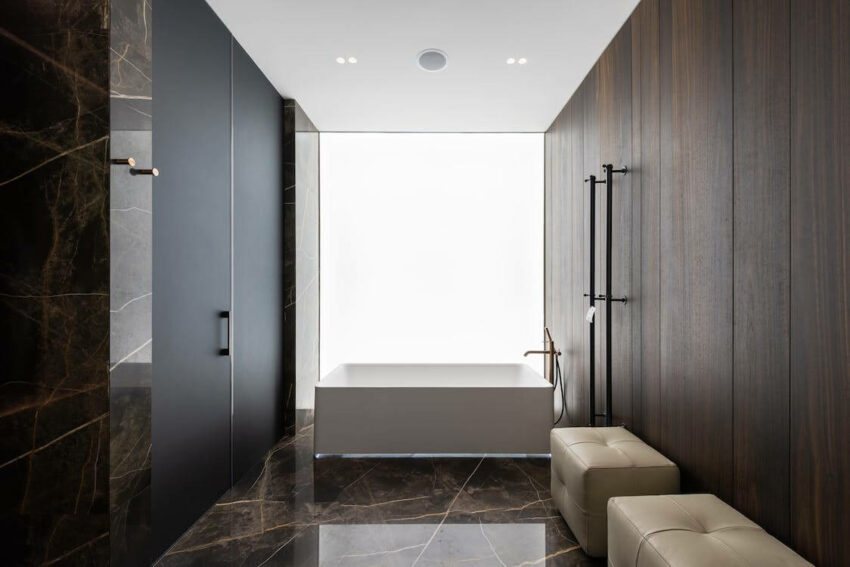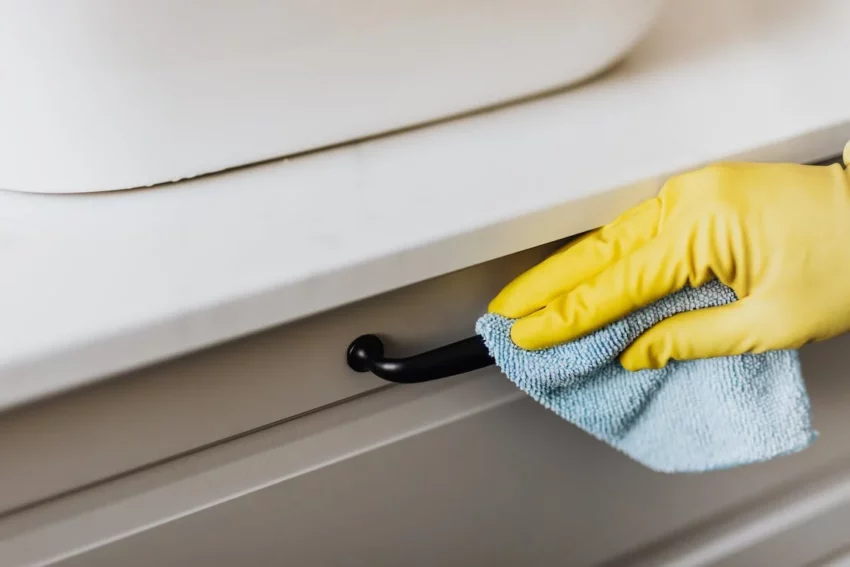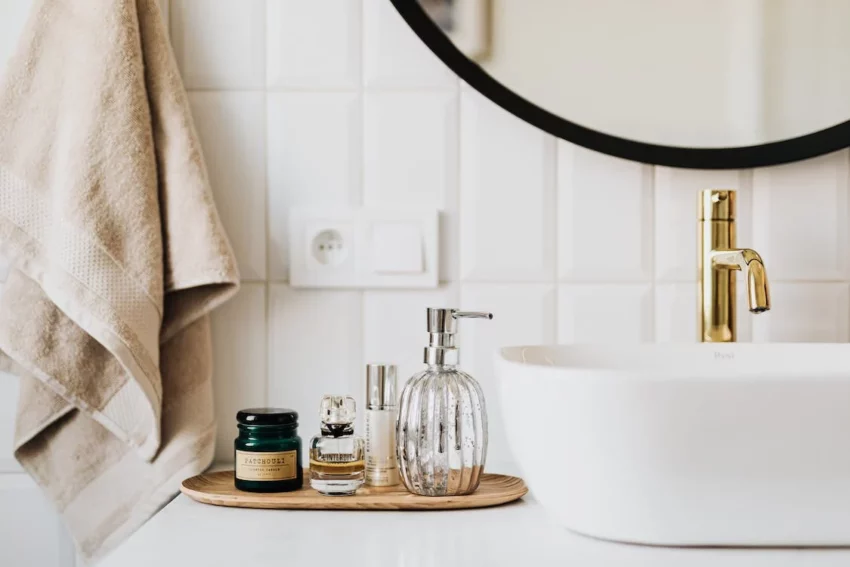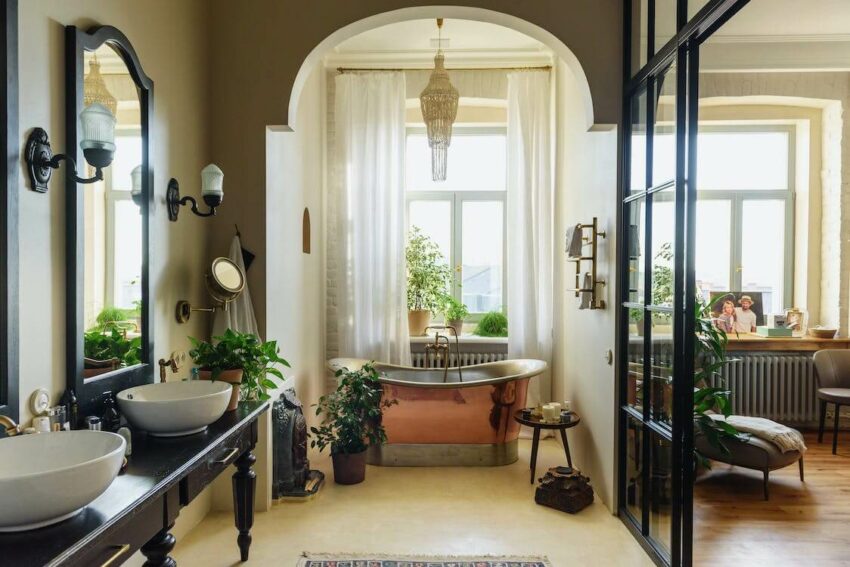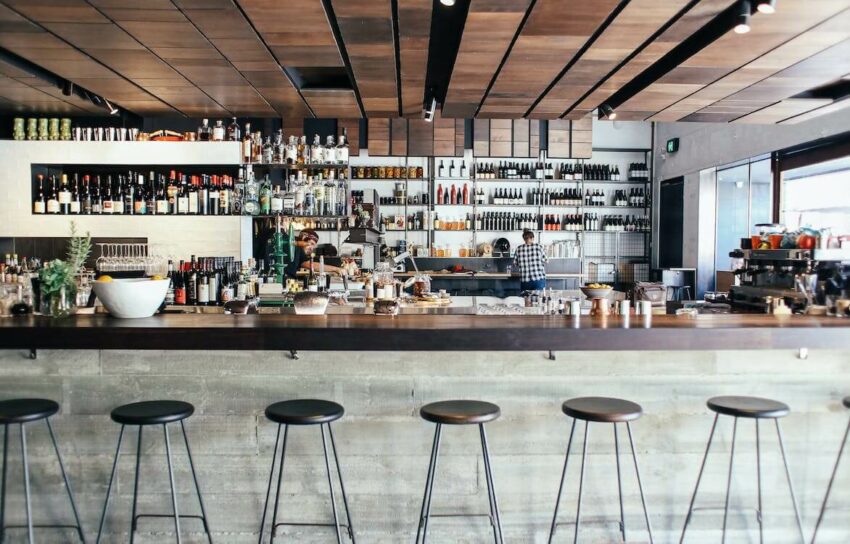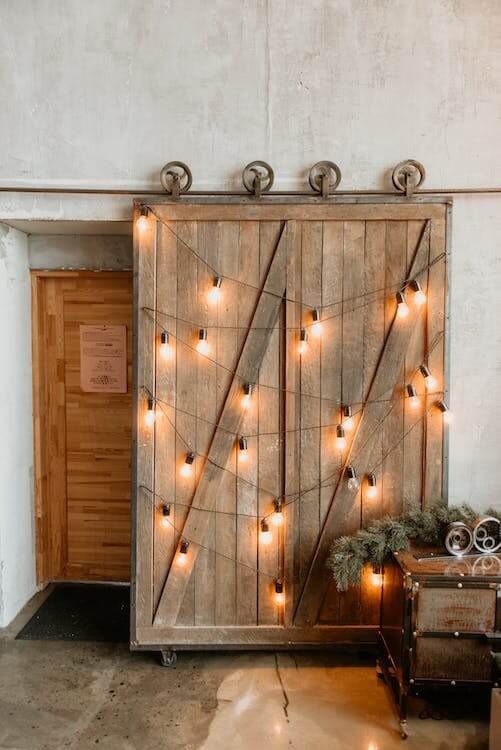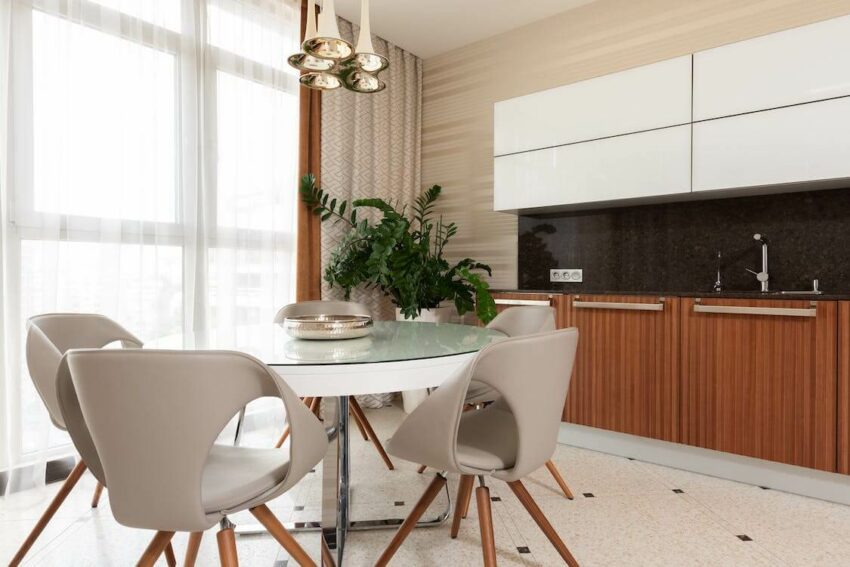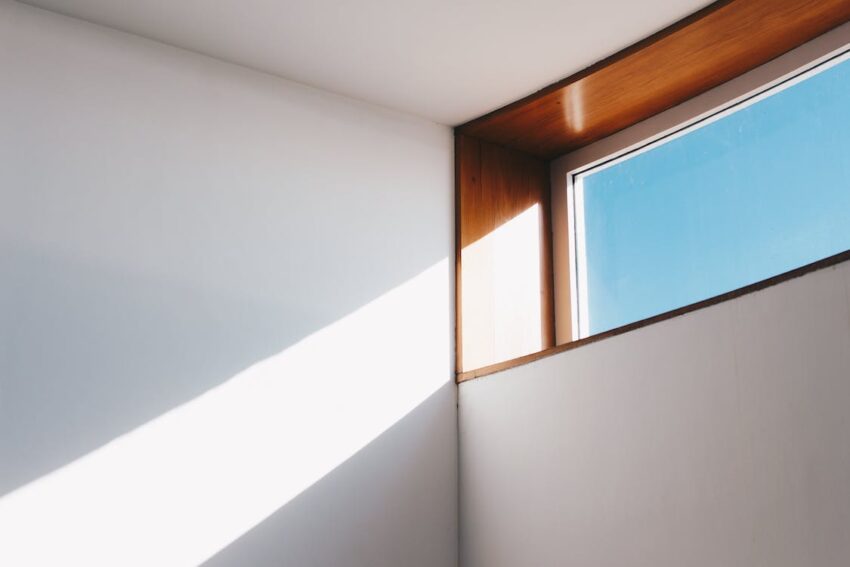“Welcome to “The Ultimate Guide to Apartment Gardening” – your comprehensive resource to turn your living space into a flourishing oasis of greenery and beauty. Whether you have a small balcony, a sunny windowsill, or a cozy corner, this guide will provide you with all the essential knowledge and tips to create a successful and rewarding urban garden right in the heart of your apartment. From plant selection to container gardening, watering, and more, embark on this green journey and discover the joys of nurturing your own mini paradise amidst the concrete jungle.”
Living in an apartment doesn’t mean you have to miss out on the joys of gardening. With a little creativity and planning, you can transform your living space into a lush green haven. Apartment gardening is a perfect way to bring nature indoors and enjoy the therapeutic benefits of nurturing plants. In this comprehensive guide, we’ll explore everything you need to know to start your own apartment garden and watch it flourish, no matter how limited your space may be.

Apartment Gardening Things to Consider
Apartment gardening is a delightful way to infuse your living space with nature, but careful planning is essential to ensure your green endeavor thrives. Firstly, consider the available space in your apartment. Take note of balconies, windowsills, and any well-lit corners. Determine how much space you can dedicate to gardening and select plants and containers that fit within those constraints. Maximizing vertical space with wall-mounted shelves or hanging planters can significantly expand your gardening possibilities in compact apartments.
Secondly, pay close attention to the sunlight exposure in different areas of your apartment. Assess which spots receive direct sunlight, partial sunlight, or are in shade. Different plants have varying light requirements, and selecting the right plant for the right location is crucial for their well-being. South-facing windows generally get the most sunlight, making them ideal for light-hungry plants, while north-facing windows offer suitable conditions for shade-loving varieties.
Lastly, when choosing plants, opt for those that align with your gardening experience and the amount of time you can dedicate to maintenance. If you’re new to gardening, start with low-maintenance plants like snake plants or pothos. As you gain confidence and experience, you can introduce more challenging varieties. Additionally, consider the climate in your apartment. Indoor environments might not provide natural fluctuations in temperature and humidity, so choosing plants that thrive in stable conditions is essential.
In conclusion, successful apartment gardening requires thoughtful consideration of space, sunlight exposure, plant selection, and your own time and experience. By selecting suitable plants, containers, and locations, you can create a flourishing urban garden that brings joy, beauty, and a touch of nature to your home. Remember to adapt your care routine based on your plants’ needs and the unique characteristics of your apartment’s environment. With patience and dedication, your apartment garden will become a delightful oasis amidst the hustle and bustle of city life.
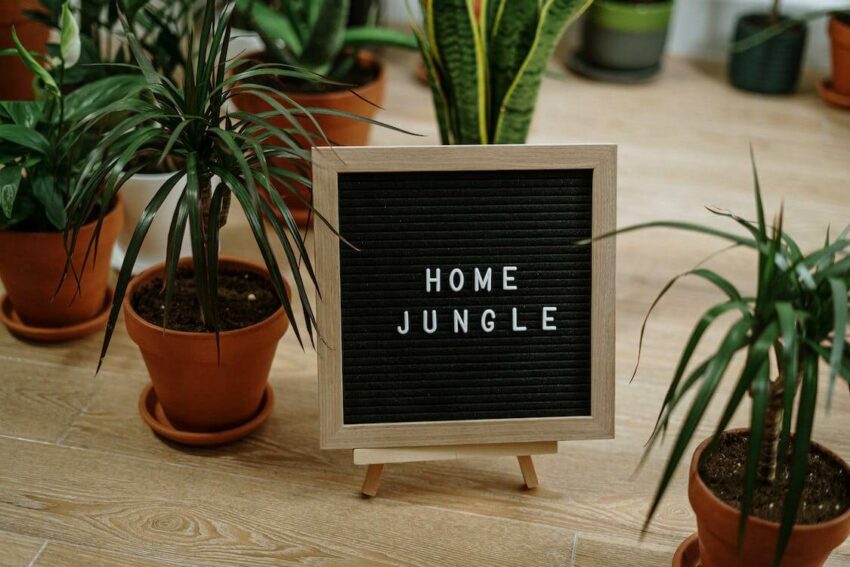
Assess Your Space
The first step in apartment gardening is to assess your living space. Take a walk around your apartment and identify potential gardening spots. Balconies, windowsills, hanging planters, and wall-mounted shelves are all excellent options. Consider the amount of sunlight each area receives throughout the day to determine which plants will thrive there.
Choose the Right Plants
Once you’ve identified your gardening spots, it’s time to select the right plants. Opt for plants that suit your available space, light conditions, and gardening experience. If you’re a beginner, start with low-maintenance plants like herbs (e.g., basil, mint, parsley) or hardy indoor houseplants (e.g., pothos, snake plant). If you have more experience, you can experiment with small vegetables (e.g., cherry tomatoes, lettuce) and flowering plants (e.g., petunias, geraniums).
Select Containers
With limited space, using the right containers is crucial. Choose containers that fit well in your available space and complement your interior decor. Consider hanging planters, window boxes, vertical gardens, and compact pots. Ensure that all containers have drainage holes to prevent waterlogged soil.
Soil and Fertilizer
The foundation of a healthy apartment garden is high-quality potting mix. Use a potting mix specifically designed for container gardening, as it ensures proper drainage and provides essential nutrients for your plants. Consider using organic fertilizers or slow-release granules to nourish your plants gradually.

Watering
Proper watering is essential for the health of your plants. Be mindful not to overwater or underwater. The watering frequency will vary depending on the plant species, container size, and environmental conditions. Check the soil moisture regularly and adjust your watering schedule accordingly.
Lighting
Most indoor plants require adequate light to thrive. Observe the lighting conditions in your apartment and place your plants accordingly. South-facing windows typically get the most sunlight, while north-facing ones get the least. If your apartment lacks sufficient natural light, consider using artificial grow lights to supplement your plants’ needs.
Temperature and Humidity
Be aware of the temperature and humidity levels in your apartment. Most indoor plants thrive at average room temperatures (around 65-75°F or 18-24°C) and prefer moderate humidity. Consider using a humidifier or placing a tray of water near your plants to increase humidity levels.
Pest and Disease Control
Despite your best efforts, pests and diseases may still find their way to your plants. Regularly inspect your plants and take prompt action if you notice any issues. Use organic pest control methods whenever possible to avoid harmful chemicals that could affect your indoor air quality.
Pruning and Trimming
To keep your plants healthy and tidy, prune or trim them as needed. Regularly removing dead leaves and spent flowers helps encourage new growth and prevents overcrowding.
Rotate and Reposition
Over time, plants may lean toward the light source, leading to uneven growth. Rotate your plants occasionally to ensure they receive even exposure to light. If necessary, reposition them to create a balanced garden.

Companion Planting
Embrace the concept of companion planting, where certain plants have natural pest-repelling properties or complement each other’s growth. For example, planting marigolds alongside vegetables can deter harmful pests.
Harvesting
If you’re growing edible plants, harvesting at the right time is essential. Regularly harvesting herbs and vegetables not only rewards you with fresh produce but also encourages new growth.
Educate Yourself
Continue learning about the plants you grow and their specific needs. Gardening books, online resources, and local gardening communities can be excellent sources of knowledge and inspiration. Never stop exploring new techniques and plant varieties to enhance your gardening experience.
Apartment gardening is a rewarding and fulfilling way to connect with nature, even in the heart of a bustling city. With the right plants, containers, and care, you can create a thriving urban garden that brings beauty and tranquility to your living space. Embrace the journey of nurturing your plants, and you’ll discover the joy of watching your green oasis flourish day by day. So, whether you have a small balcony, a sunny windowsill, or a cozy corner, it’s time to unleash your inner gardener and create your very own urban sanctuary. Happy gardening!

Apartment Gardening Inspiration
Apartment gardening is a source of boundless inspiration, igniting a sense of wonder and creativity as you transform your living space into a lush sanctuary. Picture yourself waking up to the gentle fragrance of blooming flowers on your windowsill, or stepping out onto your balcony to harvest fresh herbs for your morning tea. The beauty of apartment gardening lies in its adaptability; no matter how small or limited your space, you can curate an enchanting green haven that reflects your personality and nurtures your soul.
Imagine cascading greenery draping from hanging planters, turning your walls into living works of art. Vertical gardening not only saves space but also adds depth and texture to your interior. You can create living tapestries with a mix of trailing ivy, colorful ferns, and delicate air plants, instantly transforming any blank wall into a vibrant canvas of nature’s finest hues.
Discover the joy of cultivating your edible haven amidst the concrete jungle. Grow your mini vegetable patch with cherry tomatoes, crisp lettuce, and sweet bell peppers in containers on your balcony or windowsill. Witness the magic of nature as you nurture these tiny seeds into bountiful harvests, savoring the fruits of your labor in home-cooked meals that boast the freshest flavors.
In conclusion, apartment gardening is a wellspring of inspiration that brings the beauty of nature into your urban dwelling. The possibilities are limitless, and with a dash of imagination, you can create an awe-inspiring green space that complements your lifestyle and renews your connection with the natural world. So, dive into this enchanting journey of apartment gardening, and let the allure of your verdant oasis sweep you away into a world of peace and tranquility, right in the heart of the bustling city.

Apartment Gardening Popular Plants
Apartment gardening offers a diverse array of plants that thrive in indoor environments with limited space and light. Here are some popular plants that are well-suited for apartment gardening:
- Spider Plant (Chlorophytum comosum): Spider plants are low-maintenance and known for their air-purifying abilities. They produce long, arching leaves with small plantlets, creating a cascading effect that looks beautiful in hanging planters.
- Snake Plant (Sansevieria trifasciata): Also known as Mother-in-law’s Tongue, snake plants are virtually indestructible. They have striking tall, upright leaves with various patterns and can tolerate low light and infrequent watering.
- Pothos (Epipremnum aureum): Pothos is a popular trailing plant that comes in various colors and patterns. It thrives in a wide range of light conditions and is perfect for adorning shelves or cascading from hanging planters.
- ZZ Plant (Zamioculcas zamiifolia): ZZ plants are resilient and can tolerate low light and irregular watering. They have glossy, dark green leaves that add a touch of elegance to any space.
- Peace Lily (Spathiphyllum): Peace lilies are known for their attractive white blooms and ability to purify the air. They prefer bright, indirect light and moderate watering.
- Aloe Vera (Aloe barbadensis miller): Aloe vera is not only aesthetically pleasing with its fleshy, spiky leaves but also has medicinal properties. It requires bright, indirect light and infrequent watering.
- Bamboo Palm (Chamaedorea seifrizii): This palm variety is an excellent choice for bringing a tropical vibe to your apartment. It prefers bright, indirect light and regular watering.
- Herbs (e.g., Basil, Mint, Rosemary, Thyme): Many herbs can thrive in small containers on windowsills or balconies. They add flavor to your meals and provide a delightful fragrance to your living space.
- Succulents and Cacti: Succulents and cacti are ideal for apartment gardening due to their water-saving capabilities. They come in various shapes, sizes, and colors, making them visually appealing.
- Fiddle Leaf Fig (Ficus lyrata): The fiddle leaf fig is a popular choice for larger apartments with brighter spots. Its large, glossy leaves make a bold statement, but it requires consistent care and proper placement.
Remember to consider your apartment’s light conditions and your ability to care for specific plants when choosing the ones that best suit your space and lifestyle. With the right selection, you can create a thriving and visually stunning apartment garden that brings nature’s beauty indoors.

Apartment Gardening Recap
Apartment gardening is a wonderful way to bring the beauty of nature into your living space, even if you don’t have access to a traditional garden. Whether you have a small balcony, a sunny window sill, or a cozy corner, you can create a thriving urban garden with a bit of creativity and planning. In this ultimate guide to apartment gardening, I’ll cover the essential steps to get you started on your green journey.
- Assess Your Space: Take a look at your apartment and identify potential gardening spots. Balconies, windowsills, hanging planters, and wall-mounted shelves are all excellent options. Consider the amount of sunlight each area receives to determine which plants will thrive there.
- Choose the Right Plants: Opt for plants that suit your available space, light conditions, and gardening experience. Some popular choices for apartment gardening include herbs (e.g., basil, mint, parsley), small vegetables (e.g., cherry tomatoes, lettuce), and flowering plants (e.g., petunias, geraniums). Succulents and indoor houseplants are also great choices for low-light areas.
- Select Containers: Since space is limited, use containers that fit well in your available space. Consider hanging planters, window boxes, vertical gardens, and compact pots. Make sure containers have drainage holes to prevent overwatering.
- Soil and Fertilizer: Use high-quality potting mix specifically designed for container gardening. This type of soil ensures proper drainage and provides essential nutrients. Consider using organic fertilizers or slow-release granules to nourish your plants over time.
- Watering: Be mindful not to overwater or underwater your plants. The frequency will vary depending on the plant species, container size, and environmental conditions. Check the soil moisture regularly and adjust your watering schedule accordingly.
- Lighting: Ensure your plants receive the appropriate amount of light. South-facing windows typically get the most sunlight, while north-facing ones get the least. If your apartment lacks sufficient natural light, consider using artificial grow lights.
- Temperature and Humidity: Be aware of the temperature and humidity levels in your apartment, as they can impact plant growth. Most indoor plants thrive at average room temperatures (around 65-75°F or 18-24°C) and prefer moderate humidity.
- Pest and Disease Control: Keep an eye out for pests like aphids, spider mites, and fungus gnats. Regularly inspect your plants and take prompt action if you notice any issues. Use organic pest control methods whenever possible to avoid harmful chemicals.
- Pruning and Trimming: To keep your plants healthy and tidy, prune or trim them as needed. This helps encourage new growth and prevents overcrowding.
- Rotate and Reposition: Rotate your plants occasionally to ensure even growth and prevent them from leaning towards the light source. Reposition them if you notice uneven growth due to unequal light distribution.
- Companion Planting: Some plants have natural pest-repelling properties. Consider companion planting to create a harmonious and beneficial ecosystem within your apartment garden.
- Harvesting: For edible plants, harvest them when they reach maturity. Regularly harvesting herbs and vegetables will encourage new growth and ensure you have a steady supply of fresh produce.
- Educate Yourself: Continue learning about the plants you grow and their specific needs. Gardening books, online resources, and local gardening communities can be excellent sources of knowledge and inspiration.
- Enjoy the Process: Gardening is not just about the end result; it’s also about the journey. Embrace the joy of nurturing your plants and watching them thrive.
Remember that each plant is unique, and some trial and error may be necessary to find the best approach for your apartment garden. With patience, care, and a touch of creativity, you can create a beautiful and rewarding oasis right in your living space. Happy gardening!






